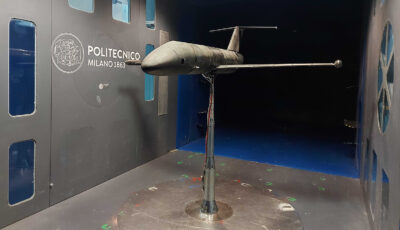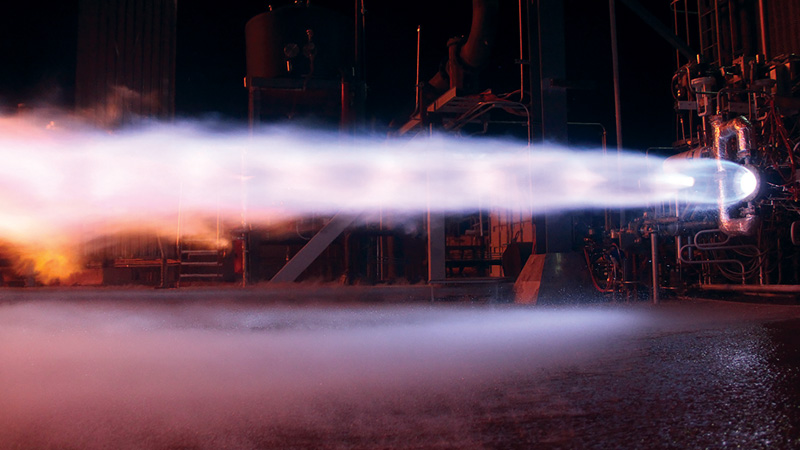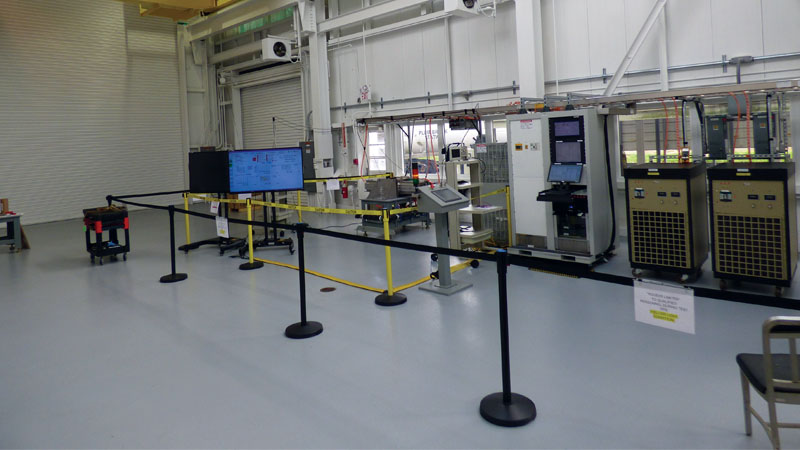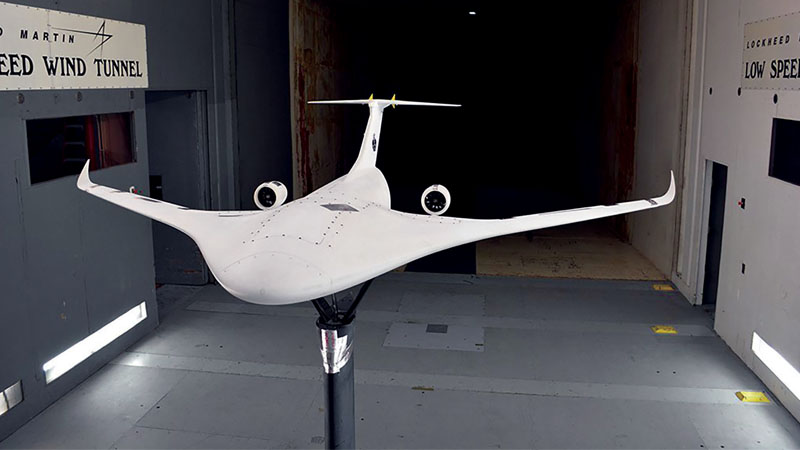Preparing for new airspace entrants
By Frank L. Frisbie and Charlie Keegan|December 2024
The Aerospace Traffic Management Integration Committee monitors, evaluates and seeks to influence the direction of ATM technologies with a focus on efficiency, public safety and national security.
Events early in the year illustrated the continued fragility of the aging U.S. National Airspace, NAS, infrastructure, as well as the growing complexity presented by current aircraft and coming classes of new aircraft. Among the prospective entrants is Joby Aviation, a California air taxi developer that in February announced it completed three of the five stages toward achieving FAA type certification of its S4 electric vertical takeoff and landing aircraft. Joby and other developers are targeting as early as 2025 for beginning passenger flights, although some of these flights would require infrastructure — specifically vertiport takeoff and landing pads — that does not yet exist.
Further evidence of growth came in July, when FAA authorized multiple operators to fly commercial drones beyond visual line of sight, or BVLOS, in the same airspace. Zipline and Alphabet subsidiary Wing delivered packages to Walmart customers in the Dallas/Fort Worth, Texas, area, keeping their drones safely separated via Unmanned Aircraft System Traffic Management, or UTM, technology.
At the same time, FAA continued to craft initial rules that would allow routine BVLOS flights operations “while maintaining the same high level of safety as traditional aviation,” the agency said in a press release. As of November, this Normalizing UAS BVLOS Notice of Proposed Rulemaking was scheduled to be published in the Federal Register by the end of the year.
Turning to commercial aviation, an Alaska Airlines flight in January was cut short when the rear door plug of a Boeing 737 MAX 9 fell off, prompting FAA to ground the nearly 200 MAX 9s operated by U.S. airlines. This also triggered an investigation by the National Transportation Safety Board and increased FAA oversight of Boeing’s quality control processes and requirements for their correction. Among the actions, FAA directed Boeing to submit a “comprehensive action plan” for increasing safety and initiated monthly reviews of the company’s progress.
Also in January, U.S. Reps. Robert Garcia (D-CA) and Glenn Grothman (R-WI) introduced the Safe Airspace for Americans Act, which would direct FAA to “establish procedures and reporting requirements” for pilots and other civil aviation personnel to report unidentified anomalous phenomena encounters to FAA.
In July, tens of thousands of U.S. flights were canceled or delayed when cybersecurity company CrowdStrike sent out a faulty software update that caused computers operating Microsoft Windows to go down. Delta Air Lines’ operations were disproportionately affected due to its heavy reliance on the software, but FAA’s systems were unaffected. The experience exposed the vulnerability of aviation to shared information sources without reliable backup.
In September, Australian startup Skykraft announced the completion of thruster tests for its planned air traffic surveillance constellation. The company is targeting 2026 to begin providing global controller-pilot communications, services that are today offered by Aireon.
On the topic of workforce, FAA in February announced the creation of an Enhanced Air Traffic-Collegiate Training Initiative program, in which trained college students could proceed directly to training at an FAA facility. This is among the steps FAA has taken in recent years to address the ongoing shortage of air traffic controllers, but the chronic gaps persist.
Another recurring problem is aging infrastructure. Various parts of the NAS are over 40 years old, with replacements decades away. FAA identifies the shortfall “gap” at $2.175 billion to fully address these needs. As part of its fiscal 2025 budget released in March, the Biden administration proposed dedicating $8 billion over the next five years, with $1 billion for fiscal 2025. This Facility Replacement and Radar Modernization effort “includes modernizing 377 critical radar systems and more than 20 air traffic control facilities,” FAA said in a press release.



































